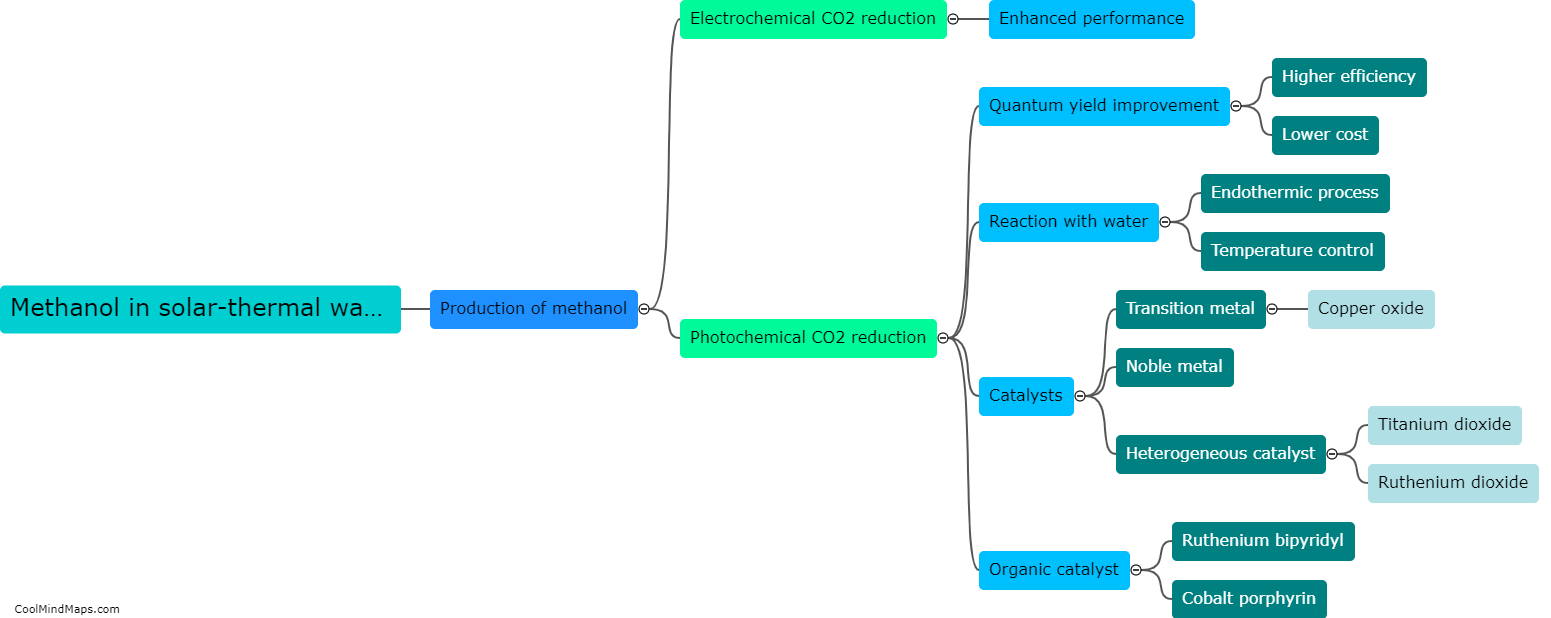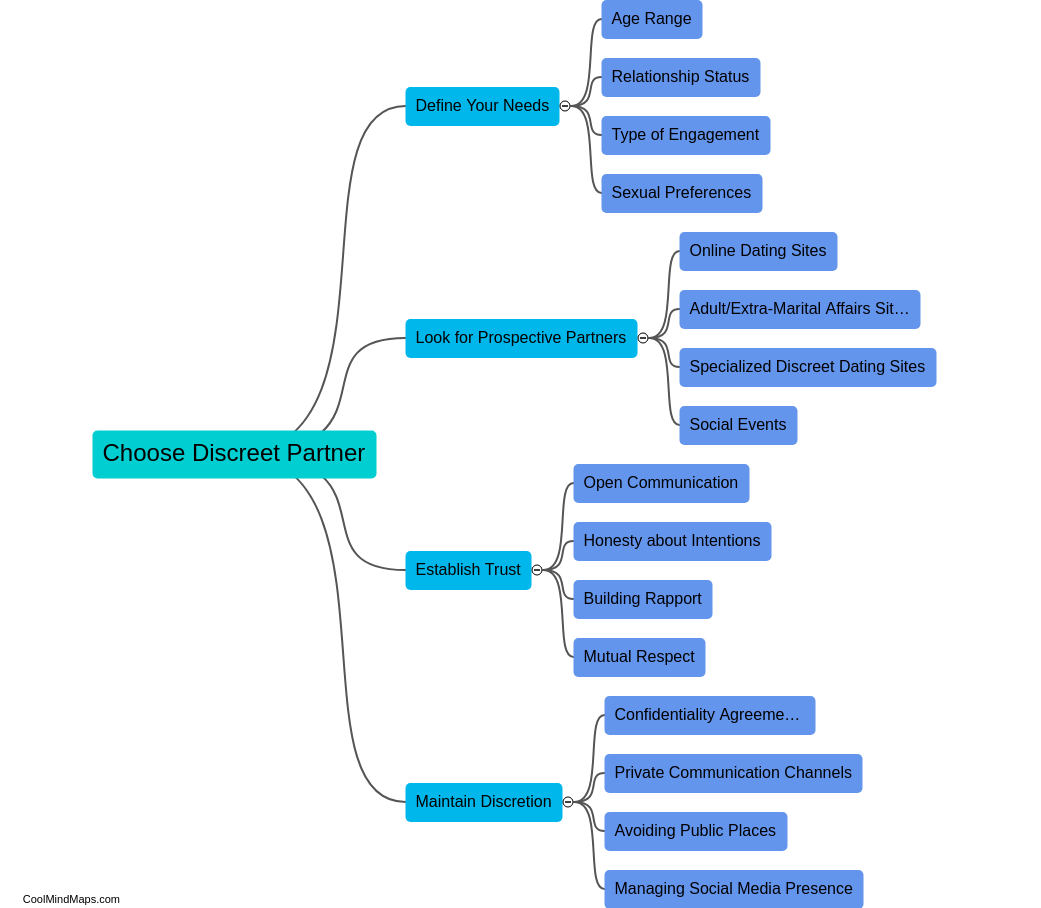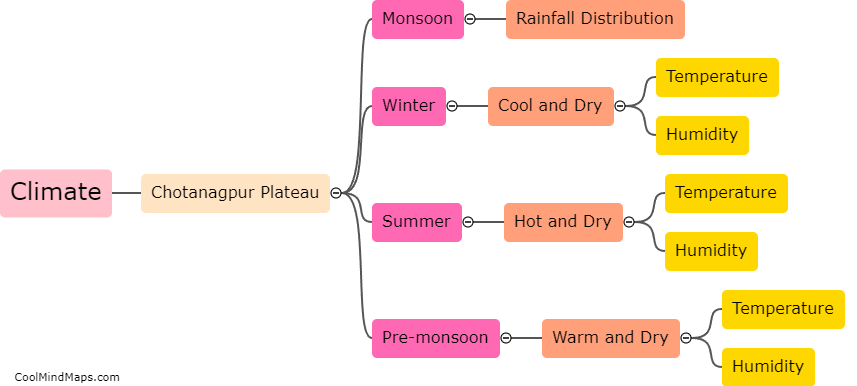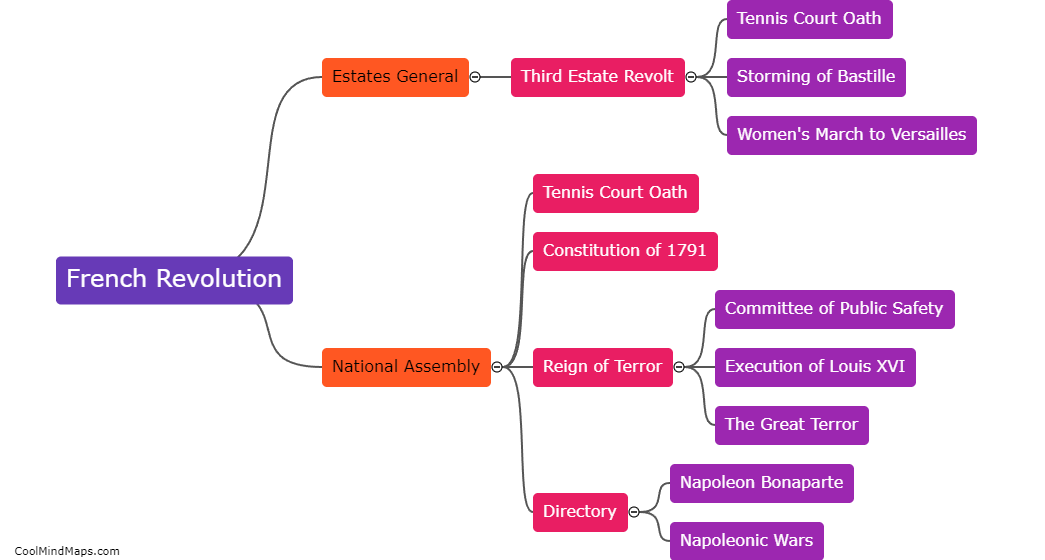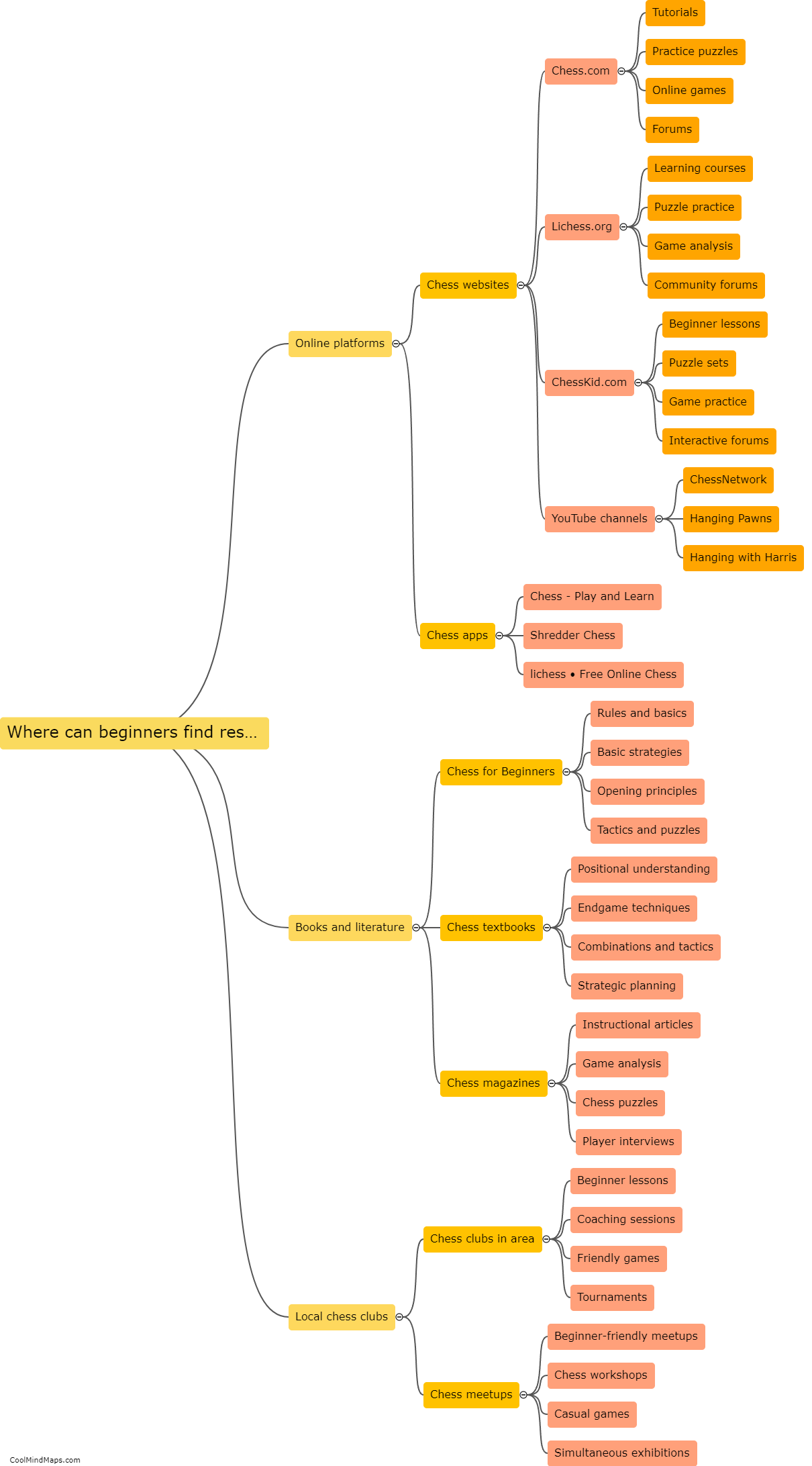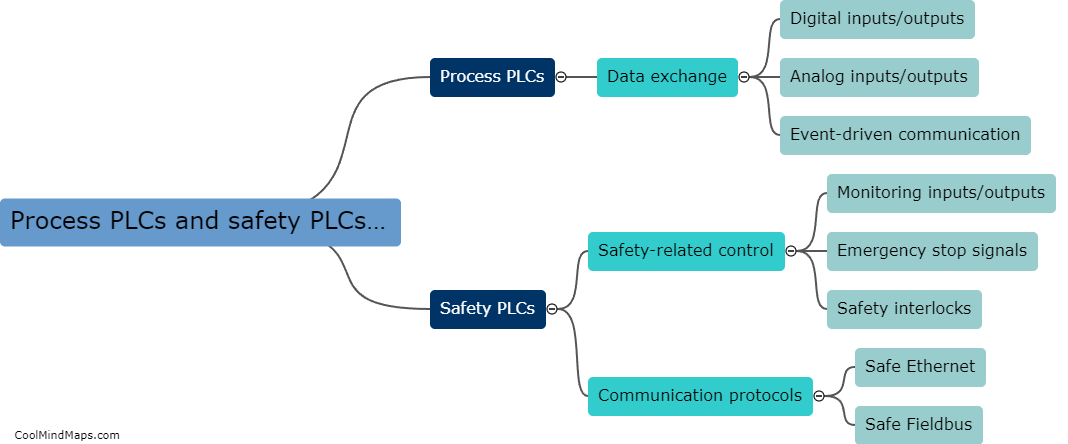How does the TFMS server fetch data from the field instruments?
The TFMS (Total Flow Management System) server is responsible for collecting data from various field instruments used in industrial processes. This data retrieval process involves a series of steps. Firstly, the TFMS server establishes communication with the field instruments, which are usually equipped with sensors and transmitters. This communication is established through a combination of wired or wireless connections, such as Ethernet or Modbus protocol. Once the connection is established, the TFMS server sends requests to the field instruments to retrieve specific data, such as flow rates, temperature, pressure, or analytical parameters. The field instruments then transmit this data back to the TFMS server, which collects and stores it for further analysis, monitoring, or control purposes. This data fetching process is crucial for ensuring accurate and real-time monitoring of industrial processes, enabling informed decision-making and optimization of operations.

This mind map was published on 26 October 2023 and has been viewed 96 times.
